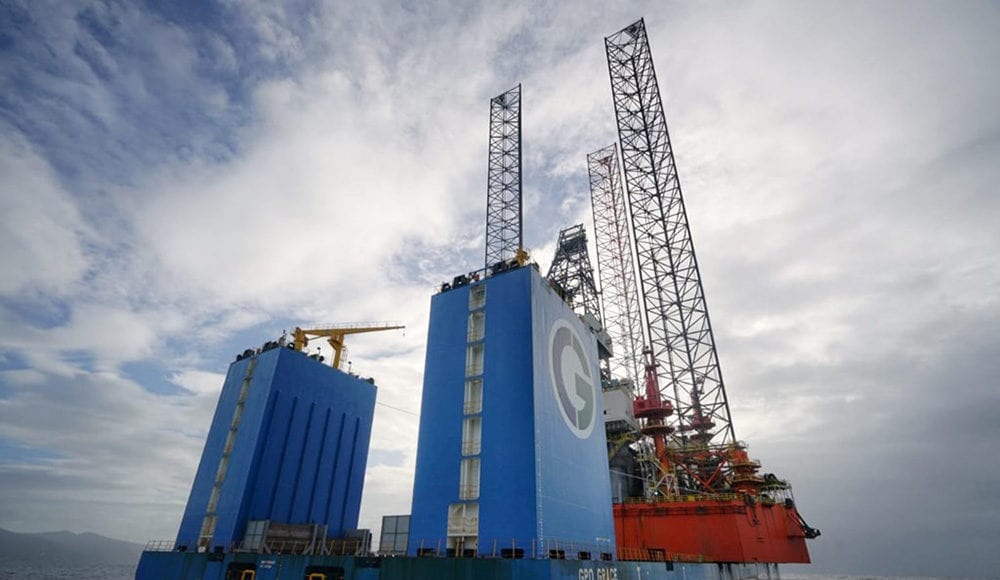Despite encountering 6 dry holes in its Nearshore Drilling Project (NSD), Suriname state oil company Staatsolie says the campaign allowed for valuable data to be collected which could play a key role in ultimately hitting pay offshore the Dutch-speaking South American country.
The NSD project, which got underway in April this year, recently came to a close after encountering 6 dry holes off the country’s coast.
Staatsolie said in a statement on December 4 that the drilling platform used in the project – West Castor – will be demobilized. Six wells, Marai, Electric Ray, Kankantrie, Powisi, Gonini and Tukunari were drilled during this project to total depths varying from 1,000 to 3,000 meter in water depths from 8 to 25 meters. These yielded no commercial oil discovery, but very valuable data, the company pointed out.
“With this data, geological insights are sharpened and the chances of success in the search for oil are increased. Data collection was one of the sub goals of the project. Initially, there were ten wells planned, with the probability of finding oil being between 10 and 27% with estimated extractable quantities of oil between 65 and 800 million barrels. Based on seismic data, forecasts were made, and these wells were determined. Due to operational obstacles and the insights during the program, four wells were removed from the program,” Staatsolie said.
Of the six wells drilled, four had oil shows confirming the potential of oil in the coastal area. “The project was carried out within the planned time and budget without incidents or damage to our environment,” the company added.
The nearshore area has a size of 12,000 km2. Limited data is available from this area due to limited exploration activities. Staatsolie said it believes it is important to continue exploring in the area.
“Now that well data has been collected, the seismic data can be associated with this specific information,” the company said.



